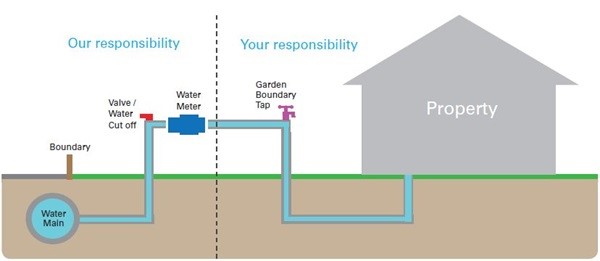Council aims to provide a minimum pressure of 220 kPA in Council’s water mains. This pressure is at the point of connection to each property that is serviced by the Council’s water supply network.
Water pressure in the Council’s water supply network can vary between 220 kPA to around 500 kPA. We try to keep water pressure below 500 kPA in order to:
- reduce leakage from pipe joints, valves, hydrants and fittings, thus reducing water loss and costs
- reduce burst pipes which lowers repair costs and water loss
- reduce damage to private plumbing.
Managing a Water Pressure Issue
The Australian Standards AS/NZS 3500 states that provisions must be made so that the maximum operating pressure within a building, other than a fire service outlet, does not exceed 500kPa. As a result buildings constructed or renovated since 2003 may have a pressure reduction valve fitted.
Sometimes you may experience water pressure issues due to:
- problems with your property’s plumbing (like a blocked pipe, concealed leak or faulty pressure reduction valve)
- new water appliances being installed on your property
- a burst pipe or leaking water main
- short periods of extreme water demand
- fire-fighting activity in your area
- Council’s maintenance activities (like hydrant flushing or flow testing)
- natural pressure variations due to your location (e.g. being very high on a hill).


